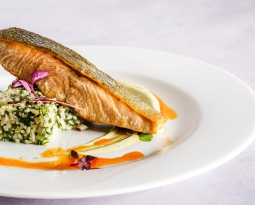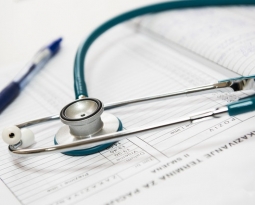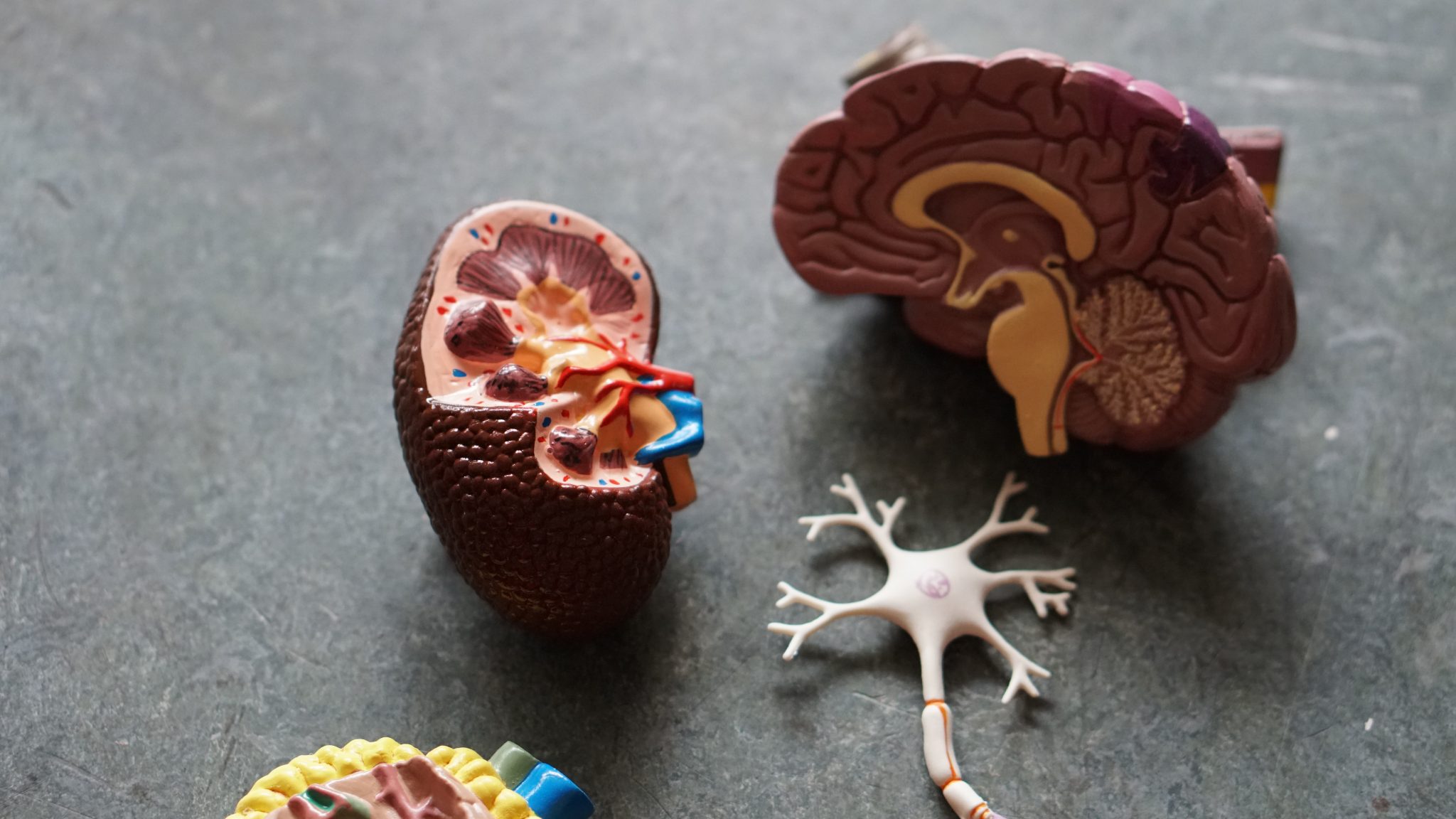VeinGogh Spider Vein Treatment at Cardiovascular Specialists of South Florida
The human vein present throughout the body is a blood vessel that carries blood from the rest of the body to the heart. Like all other organs of the human body designed to perform specific functions, the human circulatory system’s vein serves to carry blood from the other part of the body to the heart. And like the rest of the organs susceptible to disease and infection, the vein is also vulnerable to illness and infection.
In this article, we will discuss spider veins, their causes, symptoms and available treatment options.
Spider Vein
A spider vein is a tiny thin twisted blood vessel or vein that varies in color and is what you, including anyone, could see under your skin—they are visible under the skin. It shows at the face or leg, not known to be harmful to the health. However, people always wish to treat them for cosmetic reasons.
Appearing in a different color of red, blue, and purple, they are referred to as spider veins because of how it looks like a thread, which is likened to a spider’s web.
Spider Vein Vs. Varicose vein
Because of the close similarity in both medical conditions, many people may confuse one for another, which is why clarification of the two is needed.
Spider veins confused for telangiectasias are tiny twisted veins that look like a thread, with colors that vary. On the other hand, the varicose vein is a condition where veins become enlarged and twisted that can be seen from under the skin’s surface, and it doesn’t look like a thread—a spider’s web.
The confusion can be permissible to people who do not know of the condition. However, you should contact a specialist when you notice a damaged vein on the surface of your skin. This way, you avoid complications that might arise when you make assumptions. The cardiovascular specialists of South Florida are ready to help.
Causes of Spider Vein
Like all of the medical conditions that affect the human body and its organs, there is always a root cause for it. A couple of different factors causes the spider vein, some of which include,
• Heredity
Spider veins can be a hereditary transmission from parents to their offspring. When you suffer from this condition, a cause for it could be that someone in your family line might have suffered from it at a point in time.
• Occupation
Some occupations could cause this condition to occur because of the posture needed to carry out the duties required. Most of the jobs that cause this are the ones that require that person stands in a particular place for hours, such as factory workers, teachers, ward nurses, and traffic wardens.
• Obesity
Another cause of the spider vein is obesity. Obesity is when a person has too much body fat. It results in many changes in the body, pains in the joints, inflammation, and changes in hormones, all of which increase the chances of getting chronic medical diseases or conditions—being obese increases the chances of you getting the situation and others.
• Pregnancy
During pregnancy, many hormonal changes or influences occur in the body, and the weight of carrying an extra developing human can stress the legs of those who are pregnant, leading to spider veins.
• Blood clots History
Suppose you have a history of blood clots. Usually, your blood clot is needed when you bleed the blood clots to stop this bleeding. However, a blood clot that occurs when it is not required could lead to serious medical problems. These conditions include stroke, heart attack, etc.
Apart from the mentioned causes above, spider vein is said to affect women more than men and more of those from thirty and above.
Symptoms of Spider Vein
- Heavy feeling in the legs
- Itching
- Muscle cramping and swelling in the lower legs
- Dull pain that worsens after sitting or standing for too long
- Skin discoloration
- Burning sensation at the affected area
Treatments of Spider Vein
Unlike other medical conditions, spider vein does not need severe medical treatment to get rid of it. However, we look at some of the treatments options below.
• Sclerotherapy
Sclerotherapy is a medical procedure used to treat blood vessel malfunctions that are often used for spider veins, smaller varicose veins, and hemorrhoids. It is done by the injection of a solution that is mostly salty into the affected vein directly. This injected saline solution then irritates the vessel’s lining, causing it to collapse, come together, and get the blood to clot. After this is done over a period, the vein becomes a scarred tissue, and it fades.
Some factors would have to be considered to know if you are eligible for sclerotherapy is not any, or all individuals can take up the treatment.
If you are pregnant, you would be excluded from treatment, and other factors include the health of the affected area and the reason for your blood clot.
This treatment method has side effects, and you should be prepared for this if you go through this treatment route. Some of the side effects include a swollen swell of the leg, an ulcer appearance at the affected area, and inflammation within some inches of your groin.
• Laser Treatment
This treatment involves getting your vein inserted with a small laser fiber, and this causes the vein to collapse.
• VeinGogh
VeinGogh is an easy way to treat spider veins and is suitable for any skin type and skin tone. At the cardiovascular specialists of South Florida, we utilize a high burst technology for this procedure. It is used to reduce the appearance of the spider vein. The heat produced by the burst causes the vein to collapse. We use precision tools to reduce the risk of affecting the surrounding area of the vein.
If a vein Gogh procedure is to be conducted, we would insert a small-like needle that looks like a pen; it contains hair-like fiber inserted into the area of the vein that is needed to be treated. After the thread has located the vein, heat is released into the vein, and the heat collapses the vein. This process takes only a few minutes to be done, depending on the location’s area to be worked on.
This procedure is done for veins that are too small to be done with sclerotherapy or laser treatment. It could be done alone or in combination with other vein treatments.
After this is done, you could return to your regular activity. However, if the first session is done, and you don’t fully recover, another session would have to be done. At the most, it would require not more than three sessions to bring you to full recovery in the case where previous sessions do not.
Summary
Now that you know what spider vein is and how different it is from the varicose vein condition and its symptoms; you can call your health professional to get rid of the disease. Suppose you want a treatment of the spider veins using the vein Gogh treatment procedure. In that case, you should contact the cardiovascular specialist of South Florida and book an appointment as we would be ready to help you with the process.
References








